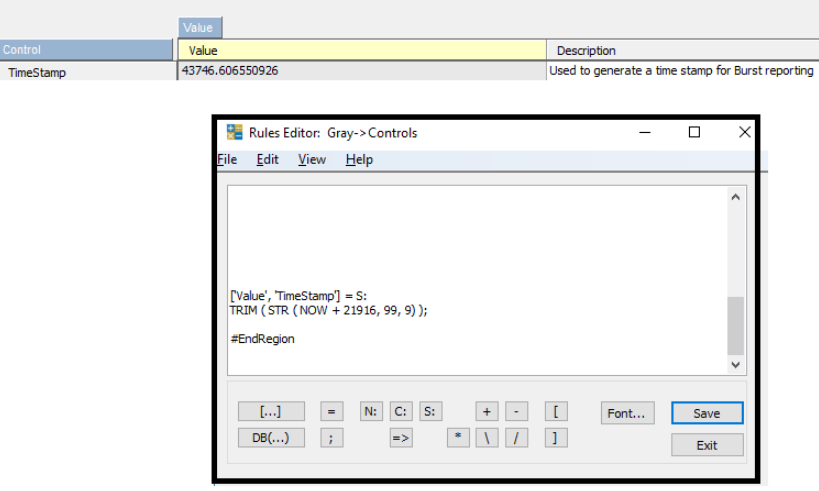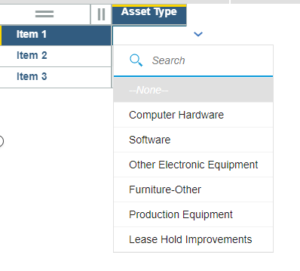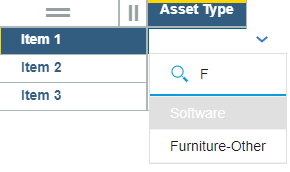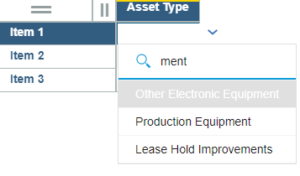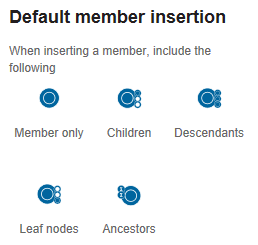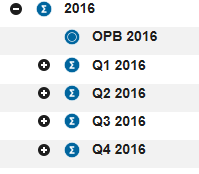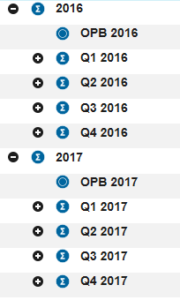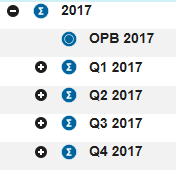In today’s IBM Planning Analytics Tips & Tricks video, our PF&A Technology Director, Lee Lazarow, demonstrates a new feature in Planning Analytics Workspace (PAW) version 2.0.44, that enables you to reorder TM1 cubes. Your TM1 cubes were likely designed for a specific reason. Over the course of years, the data has been changed and added to. TM1 would let you optimize the system by reordering the dimensions and re-indexing the database.
Watch this Planning Analytics video to see how this new feature lets you optimize your cubes by reordering them. When you reorder your cubes, PAW gives you information about the optimization, including if there will be an increase or decrease in performance, and what the impact on RAM will be.
IBM Planning Analytics, which TM1 is the engine for, is full of new features and functionality. Not sure where to start? Our team here at Revelwood can help. Contact us for more information at info@revelwood.com. And stay tuned for more Planning Analytics Tips & Tricks weekly in our Knowledge Center and in upcoming newsletters!
Want to get our Planning Analytics Tips & Tricks delivered to your inbox every Tuesday? Sign up to get our weekly email of just the week’s tip! And don’t forget to subscribe to our YouTube channel for more Planning Analytics videos.
Watch more Planning Analytics video tutorials:
Filtering in Planning Analytics


